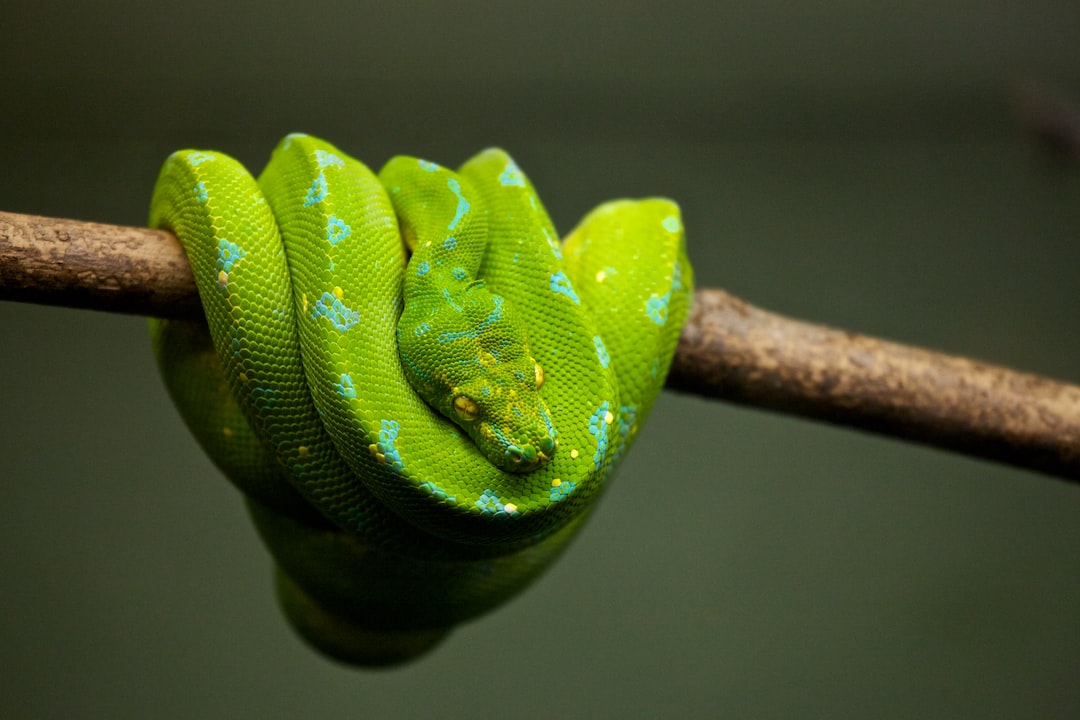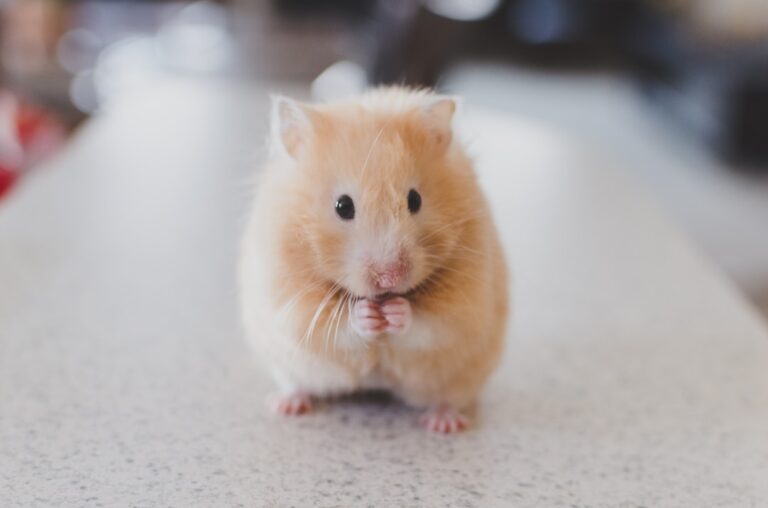Introduction
St. Petersburg, Florida is known for its vibrant reptile expos that attract reptile enthusiasts from all over the country. These expos provide a unique opportunity for the public to learn about and interact with a wide variety of reptiles, including geckos, pythons, and many others. The importance of educating the public about reptiles cannot be overstated, as it helps dispel myths and misconceptions, promotes conservation efforts, and fosters a greater appreciation for these fascinating creatures.
The Fascinating World of Reptiles
Reptiles are a diverse group of cold-blooded vertebrates that include snakes, lizards, turtles, and crocodilians. They are characterized by their scaly skin, which helps protect them from the environment, and their ability to lay amniotic eggs. Reptiles play a crucial role in ecosystems as both predators and prey, and their presence is essential for maintaining a healthy balance in the natural world.
Uncovering the Diversity of Geckos
Geckos are a type of lizard that are known for their unique characteristics and adaptations. There are over 2,000 different species of geckos, each with its own distinct features and behaviors. Some geckos are known for their ability to climb walls and ceilings due to specialized toe pads that allow them to adhere to surfaces. Others are known for their ability to change color, blending in with their surroundings for camouflage. Geckos are fascinating creatures that have captured the attention of reptile enthusiasts around the world.
The Wonders of Pythons
Pythons are a group of non-venomous snakes that are known for their impressive size and strength. There are over 40 different species of pythons, ranging in size from small pythons that can fit in the palm of your hand to massive pythons that can grow up to 30 feet long. Pythons are constrictors, meaning they squeeze their prey to death before swallowing it whole. They have a unique ability to dislocate their jaws in order to consume prey that is much larger than their own head. Pythons are truly remarkable creatures that continue to captivate the imagination of reptile enthusiasts.
The Importance of Reptile Conservation
Reptiles face numerous threats to their populations, including habitat loss, climate change, and illegal wildlife trade. Conservation efforts are crucial in order to protect these vulnerable species and ensure their survival for future generations. There are many ways to get involved in reptile conservation, such as supporting organizations that work to protect reptile habitats, participating in citizen science projects, and advocating for stronger laws and regulations to protect reptiles.
The Role of Reptiles in Ecosystems
Reptiles play a vital role in ecosystems, serving as both predators and prey. They help control populations of insects and rodents, which can have a significant impact on the balance of an ecosystem. Reptiles also serve as a food source for other animals, such as birds of prey and larger mammals. Additionally, reptiles contribute to nutrient cycling by consuming dead plant and animal matter and returning those nutrients to the soil. Maintaining a healthy population of reptiles is essential for the overall health and stability of ecosystems.
The Evolution of Reptiles
Reptiles have a long and fascinating evolutionary history that dates back over 300 million years. They evolved from amphibians and were the first vertebrates to fully adapt to life on land. Reptiles have undergone numerous adaptations over time, including the development of scales, the ability to lay amniotic eggs, and the evolution of more efficient respiratory systems. These adaptations have allowed reptiles to thrive in a wide range of environments, from deserts to rainforests.
The Behavior of Reptiles
Reptiles exhibit a wide range of behaviors, from hunting and feeding to mating and communication. Some reptiles, such as snakes, use camouflage and stealth to ambush their prey, while others, such as turtles, rely on their hard shells for protection. Reptiles also engage in complex courtship rituals and use various forms of communication, such as vocalizations and body movements, to communicate with each other. Understanding reptile behavior is important for both their conservation and for ensuring the safety of humans who may come into contact with them.
The Future of Reptile Exhibitions
Reptile exhibitions have evolved significantly over the years, with a greater emphasis on education, conservation, and responsible exhibition practices. Exhibitions now focus on providing accurate information about reptiles, dispelling myths and misconceptions, and promoting conservation efforts. Future trends in reptile exhibitions may include more interactive experiences, such as hands-on encounters and educational programs for children. It is important for reptile exhibitions to continue to prioritize the well-being of the animals and to promote responsible ownership and care.
Conclusion: Appreciating the Beauty and Complexity of Reptiles
Reptiles are truly fascinating creatures that deserve our respect and appreciation. They play a vital role in ecosystems, contribute to the balance of nature, and captivate our imagination with their unique characteristics and behaviors. Attending a reptile expo is a great way to learn more about these incredible creatures and to support conservation efforts. By educating ourselves and others about reptiles, we can help dispel myths and misconceptions, promote conservation, and foster a greater appreciation for the beauty and complexity of the natural world.
If you’re interested in reptiles, you might also enjoy reading an insightful article on how female frogs use playing dead to avoid unwanted mating. It’s a fascinating look into the behavior of these amphibians and how they navigate their environment. Check it out here.




